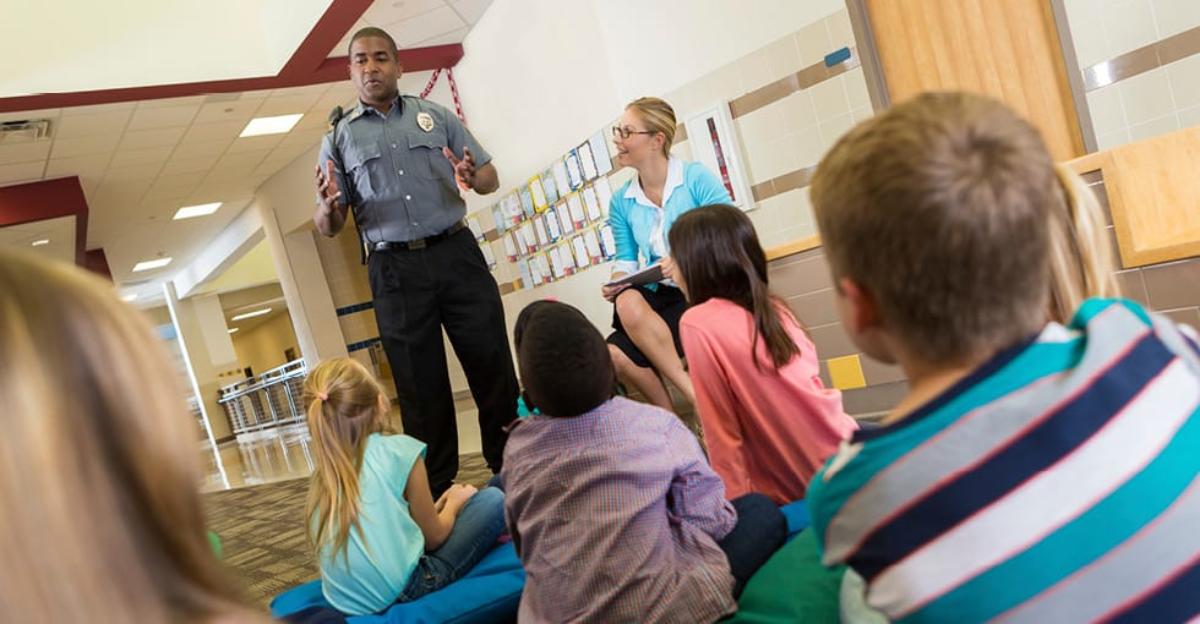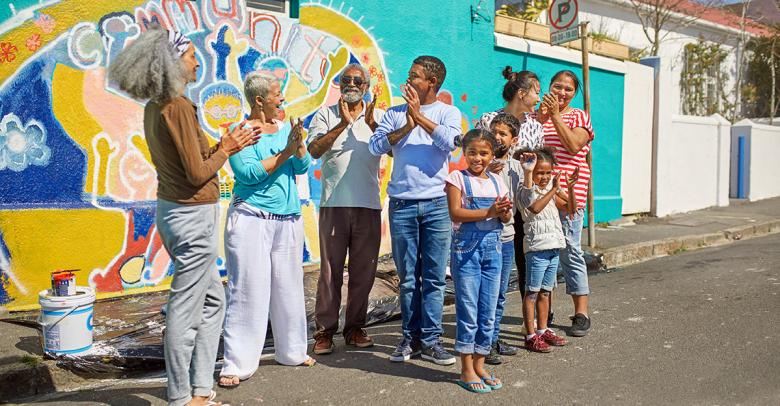Community involvement and awareness is one of the primary goals of education at any level. In upper grades, community service requirements often address the needs of students to be an active and supporting member of a community. But what about younger students? With a little teacher support, getting your kids to be active community members and supporting good citizenship is simple.
One way to promote citizenship for younger students is to encourage a letter writing or gift package campaign in the classroom. Many local community groups from food pantries to shelters to senior citizens appreciate messages, drawings, or care packages that can be easily put together by students. This type of project is easy to manage in a classroom, takes little set up, and requires only a little outreach by the teacher to make contact with a community organization. Children typically enjoy knowing that their writing, art, or gift making will be appreciated by an audience outside of school.
In-class character education is another way to encourage community involvement and citizenship. Character education lessons can teach children what is expected of a community member in short, easy snippets. Resources like the Walch Daily Warm-Ups – Character Education book offer an easy way for anyone to quickly and easily address character education in the classroom. These resources are particularly useful because many states require some form of character education in school, and teachers require an easy and quick method to integrate this into the curriculum. Daily reflections, journaling, writing, and “what if” scenarios can help teach children responsibility and community involvement.
Arranging visits from community members is another wonderful way to encourage responsible citizenship from students. Many members of your community may be willing to come in and speak to younger children. Business owners or career people may be willing to share about their careers or roles in the community. Imagine your first graders getting to really meet some local firefighters, police officers, or military members in uniform and how excited they would be.
Other types of visits might include local librarians to discuss literacy, specialists from science centers or museums, or even just senior citizens willing to come in and share a lifetime of stories. Arranging a community member visit is a simple way to involve the community in your classroom and share how wonderful your school’s children can be. This connection is just as important to your visitors as it is to your students. Make sure, before inviting a visitor to your classroom, that you check with your school policies on visitors to be sure that all school, district, and state laws are followed to ensure a safe visit for everyone involved.






Leave a Reply